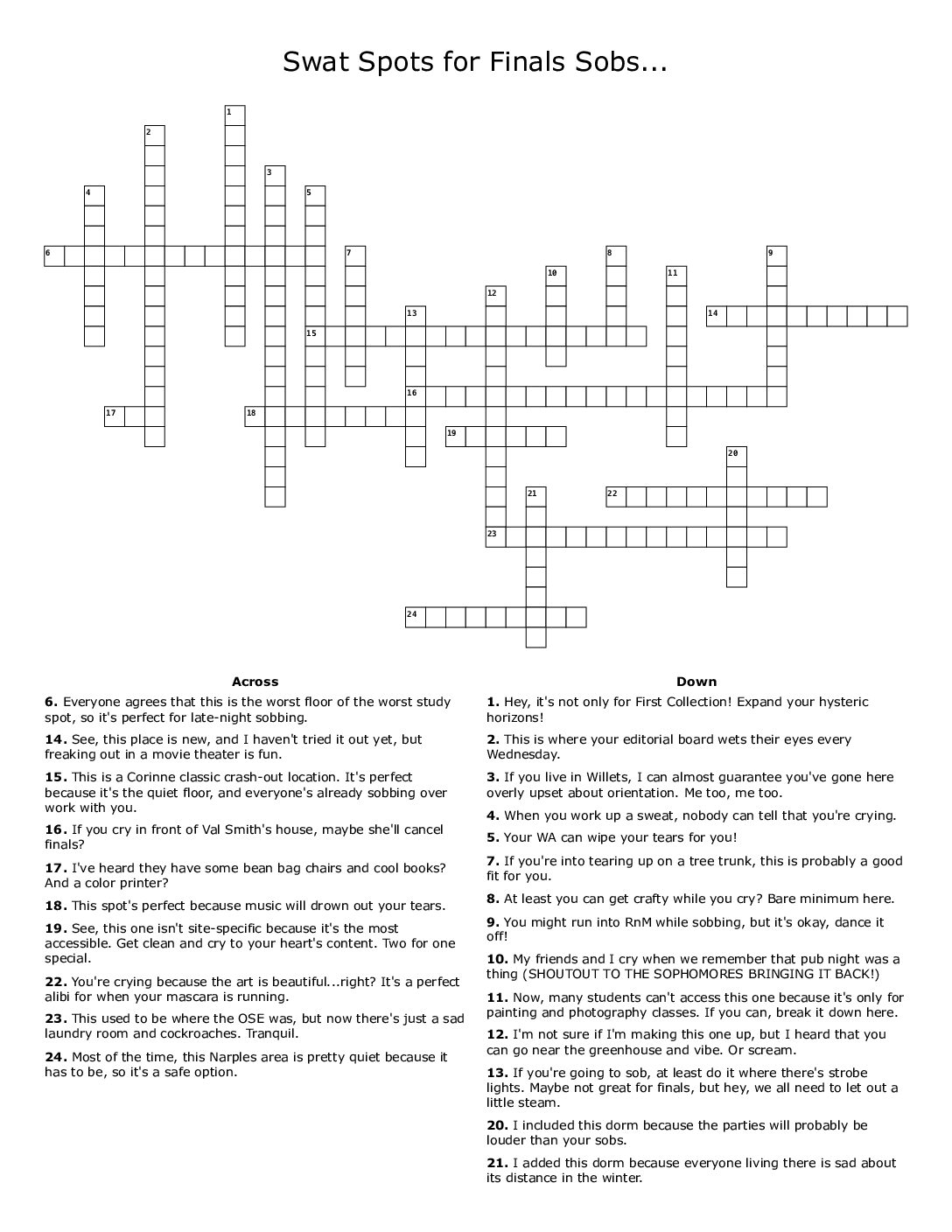With the official release of Swarthmore Forward, the college initiates its next phase of strategic planning. According to the plan, “…members of the Swarthmore community have studied, deliberated, and envisioned the College’s future”. By my count, planning included the work of 34 current students at the college. Sadly, I was not asked for my input on the strategic plan and my brilliant idea to build a chair lift from Mary Lyon to Parrish will never be heard by the masses. It may not surprise readers to learn that this is not Swarthmore’s first strategic plan, as Lucas Alland points out in his recent article “How Swarthmore’s New Strategic Plan Could Better Build Institutional Memory and Accountability.” Swarthmore’s last strategic plan is from 2011, well over a decade ago. While I will not dive into Swarthmore’s efficacy at completing the objectives it sets for itself, I will discuss the longer history of incorporating student feedback into strategic planning. In December of 1967, Swarthmore canceled classes for the week to allow students to engage in Superweek.
Superweek was an evaluation period of Swarthmore College and a reflection on what strategic direction the college should take going forward. It was initiated by then-President Courtney Smith as a review of the college. Fortunately, we have deep insight into the topics discussed through the publication of The Egg, a daily newspaper dedicated solely to summarizing Superweek proceedings. The first issue of The Egg announces its intention to serve as an “…open forum for discussion of the Commission [on Education Policy] reports.” Engineering’s role at Swarthmore was one of the major questions tackled by the Commission. The Commission’s report makes up 319 of the report’s total 459 pages. Topics contemplated include the problems and potentialities of the small college, the honors program, and the state of various disciplines at the college. At the time, engineering was one of the academic divisions at the college, along with arts and humanities, social sciences, and natural sciences.
A column in the Dec. 4 edition of The Egg raises the cogent question that I ask myself whenever I talk to an engineering major: “What the heck are you even doing here?” Or perhaps better put by The Egg: “Is engineering a liberal art?” The Commission’s answer offers us an interesting insight into the future of engineering at Swarthmore. The final report of the Commission, entitled Critique of a College, reports that many people question the need for engineering at Swarthmore, while also critiquing its efficacy. Engineering can seem out of place at Swarthmore, given that most schools with engineering programs are either specialized schools or large state schools. At Swarthmore, engineering students were often inundated with engineering classes and unable to engage with other programs at paths of study at Swarthmore. In 1967, eleven students majored in engineering, and all of them were men. The three concentrations offered were electrical, civil, and mechanical. Swarthmore was the highest per-capita producer of engineering doctorates, with 62% of undergraduate engineering majors pursuing a doctoral degree in the subject. The school in second place was the California Institute of Technology with 45%. There were two mutually exclusive paths going forward for engineering at Swarthmore. Either engineering would be separated into its own program and the course of study for engineering students to stay on their own path would be formalized, or engineering would be integrated closer into the liberal arts curriculum. The Commission’s report determined that “…engineering is a profession that mediates between knowledge and society.” Swarthmore believed that engineering was inherently a social profession, and consequently educating well-rounded engineers was more important than producing engineers already specialized in a specific field. This resulted in diminished concentration requirements for engineering majors and a reduction in seminar and course offerings. This fell in line with a growing national consensus in engineering education, where undergraduate curricula focused on building a strong general foundation in general engineering skills and then left specialization to graduate school education. Additionally, engineering was discontinued as a division and became a department with membership in both Natural Sciences and Social Sciences. At some point thereafter, engineering became firmly nestled in the division of Natural Sciences, creating our beloved division of Natural Sciences and Engineering. The effect of this on engineers is hard to tell, but one can imagine it would result in more Swarthmore engineering graduates going on to doctorate programs in order to gain the specialization they felt they needed to pursue their careers of interest. The other immediate effect we can intuit is engineering students branching out into other subject areas. While this report may not seem consequential, it ultimately created the Swarthmore where engineers are able to double major in theater, English, or classics. However, as we all know, engineers will double major in computer science and go on to work for Lockheed Martin.















